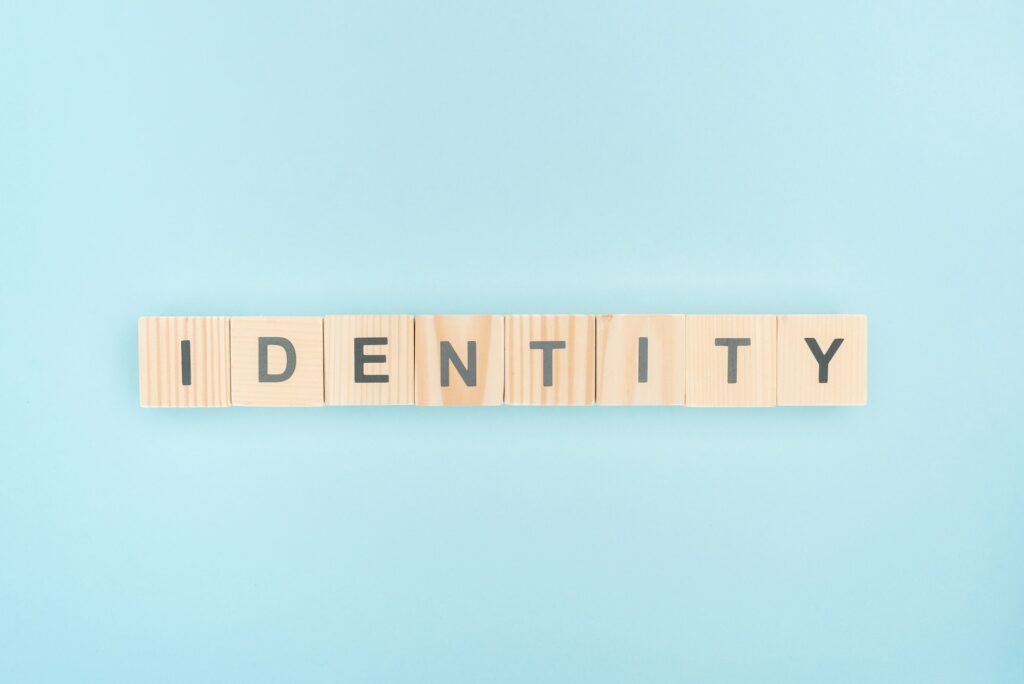Biometric identity refers to the use of unique physical or behavioral characteristics of an individual to establish their identity. It is a method of identification that relies on the distinctiveness of certain traits possessed by individuals, such as fingerprints, iris patterns, facial features, voice patterns, or even gait. Biometric identity systems are increasingly being adopted in various domains, including security, access control, law enforcement, and personal authentication.

Table of Contents
ToggleOverview
Biometric identity systems operate on the premise that each person possesses unique characteristics that can be captured and used for identification. These traits are considered to be inherently linked to an individual’s identity, making them highly reliable for establishing their authenticity. Biometric data is collected through specialized devices such as fingerprint scanners, iris scanners, facial recognition cameras, voice recognition systems, or motion sensors.
The process of establishing biometric identity involves capturing the relevant biometric data, extracting distinctive features from the data, and comparing them with pre-existing records in a database. If a match is found, the person’s identity is verified, and access is granted or denied based on the outcome. Biometric identity systems offer several advantages over traditional identification methods, such as passwords or ID cards, as they are more difficult to forge or duplicate.
Types of biometric traits
- Fingerprint Recognition: Fingerprint patterns are unique to each individual and remain relatively stable throughout a person’s life. Automated fingerprint recognition systems analyze the ridge patterns and minutiae points to create a biometric template for comparison.
- Iris Recognition: The intricate patterns of the iris, the colored portion of the eye, are highly distinctive and stable over time. Iris recognition systems use specialized cameras to capture the iris pattern and compare it to a stored template.
- Facial Recognition: Facial features, including the arrangement of eyes, nose, mouth, and other unique facial characteristics, are used for identity verification. Facial recognition systems analyze facial images to identify specific landmarks and match them with stored templates.
- Voice Recognition: Voice biometrics analyze an individual’s unique vocal characteristics, including pitch, tone, and speech patterns, to verify identity. Voice recognition systems can compare an individual’s spoken words with stored voiceprints.
- Gait Analysis: Gait analysis involves measuring an individual’s walking or movement patterns to identify them. It relies on factors such as stride length, rhythm, posture, and other unique aspects of a person’s gait.
Applications of biometric identity
Biometric identity has numerous applications across various sectors:
- Security and Access Control: Biometric identity systems are used to secure sensitive areas, buildings, and information systems by granting access only to authorized individuals based on their biometric traits.
- Law Enforcement: Biometric technologies are utilized by law enforcement agencies to identify suspects or criminals by comparing their biometric traits against databases of known individuals.
- Border Control and Immigration: Biometric identity verification is employed at border checkpoints to ensure the authenticity of travelers’ identities and detect potential security threats.
- Personal Authentication: Many electronic devices, such as smartphones, laptops, or tablets, employ biometric identity verification, enabling users to unlock their devices using their fingerprints, facial features, or iris patterns.
- Financial Transactions: Biometric identity systems are increasingly integrated into banking and financial services to enhance security and prevent fraud by verifying the identity of customers during transactions.

Privacy and security considerations
While biometric identity offers several advantages, there are important privacy and security considerations to address. Biometric data is highly personal and, if mishandled, can lead to significant privacy breaches. Organizations employing biometric systems must implement robust security measures to protect the stored data, including encryption, access controls, and strict data handling policies.
Furthermore, concerns have been raised regarding the potential for misuse or abuse of biometric data. There is a need for clear legal frameworks and regulations to govern the collection, storage, and use of biometric information to ensure transparency, accountability, and protect individuals’ rights.
Future developments
As technology advances, biometric identity systems continue to evolve and improve. Research is being conducted on novel biometric traits, such as ear shape recognition, palm vein patterns, or even brainwave patterns. Additionally, advancements in machine learning and artificial intelligence are enhancing the accuracy and reliability of biometric identification systems.
In conclusion, biometric identity provides a robust and convenient method for verifying an individual’s identity. Its applications span a wide range of industries and sectors, offering increased security and efficiency. However, careful attention must be given to privacy, security, and ethical considerations to ensure responsible deployment and usage of biometric identity systems.
FAQ (Frequently Asked Questions)
Q: What makes biometric identity unique compared to traditional identification methods? A: Biometric identity relies on the use of distinct physical or behavioral traits that are unique to each individual, making it more difficult to forge or duplicate compared to traditional methods like passwords or ID cards.
Q: How accurate are biometric identity systems? A: The accuracy of biometric identity systems varies depending on the specific trait being used and the quality of the technology employed. Generally, well-implemented systems can achieve high levels of accuracy, with false acceptance and false rejection rates kept at acceptable levels.
Q: Can biometric traits change over time? A: While some biometric traits remain relatively stable throughout a person’s life, others may change due to factors like aging, injuries, or surgeries. However, reputable biometric systems are designed to accommodate such changes and can adapt to variations in the captured biometric data.
Q: What happens if someone’s biometric data is compromised? A: If biometric data is compromised, there is a potential risk to an individual’s privacy and security. Unlike passwords or ID cards, biometric data cannot be easily changed. In such cases, organizations should have contingency plans in place, such as offering alternative identification methods or implementing additional security measures to mitigate the impact of the breach.
Q: Are biometric identity systems foolproof? A: While biometric identity systems offer a high level of accuracy, they are not entirely foolproof. There is always a possibility of false acceptances (matching an individual incorrectly) or false rejections (failing to match an individual correctly). Additionally, there are techniques such as spoofing or presentation attacks that attempt to deceive the system by mimicking or altering biometric traits. System designers continually work to enhance security measures to minimize these risks.
Q: How is biometric data stored and protected? A: Biometric data should be securely stored using encryption techniques to prevent unauthorized access. Access controls should be implemented to limit the number of individuals with permission to view or modify the data. Organizations should also establish robust data handling policies and comply with relevant privacy regulations to ensure the protection of biometric information.
Q: Can biometric identity systems be used for mass surveillance? A: The use of biometric identity systems for mass surveillance raises significant ethical and privacy concerns. It is crucial to establish legal frameworks and regulations to govern their deployment, ensuring that they are used responsibly, proportionately, and with respect for individuals’ rights to privacy.
Q: What are some emerging biometric traits being researched? A: Researchers are exploring various emerging biometric traits, such as ear shape recognition, palm vein patterns, DNA-based identification, and even brainwave patterns. These traits show potential for unique identification and may be integrated into future biometric identity systems.
Q: Can biometric identity systems be integrated with existing identification methods? A: Yes, biometric identity systems can be integrated with existing identification methods to provide an additional layer of security. For example, a system may require both a fingerprint scan and a password to authenticate a user, enhancing the overall security of the authentication process.
Q: Are there any legal regulations regarding the use of biometric identity? A: The regulations regarding the use of biometric identity vary across jurisdictions. Some countries have specific laws and regulations governing the collection, storage, and usage of biometric data, while others may rely on broader privacy and data protection laws. It is essential for organizations to familiarize themselves with the relevant legal requirements in their respective regions.

